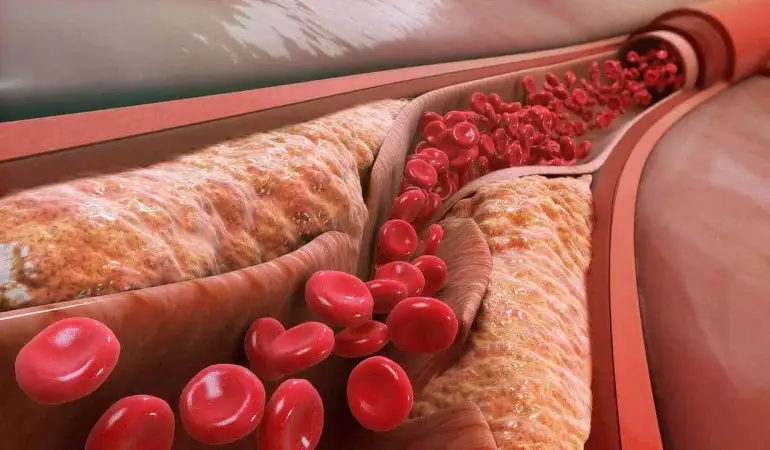Scientists discover innovative treatment for high cholesterol
Scientists have discovered a potential new treatment for familial hypercholesterolaemia (hereditary high cholesterol), inspired by signs seen in the Mona Lisa portrait.
January 31, 2025 14:07
A hidden clue in the Mona Lisa
Leonardo da Vinci's Mona Lisa is one of the world's most famous paintings. But what many people don't know is that it may contain a clue to familial hypercholesterolaemia (FH).
Experts believe that subtle signs of fatty deposits on her arms, known as xanthomas, may be early evidence of this genetic disorder.
FH is an inherited condition that increases the risk of heart disease by causing dangerously high levels of LDL ('bad' cholesterol) in the blood.
Under normal conditions, the low-density lipoprotein receptor (LDLR) helps to remove cholesterol from the bloodstream by transporting it to liver cells for breakdown. However, in people with FH, mutations in the LDLR gene disrupt this process, so that the liver is unable to remove cholesterol efficiently.
People with high cholesterol are often prescribed statins. They lower cholesterol by increasing LDLR levels. However, the effectiveness of statins varies depending on the organism. In addition, some patients may be resistant to statin treatment.
Finding new treatment solutions
Researchers at the Medical University of South Carolina (MUSC) in the USA have presented a new system for selecting therapeutic compounds that reduce the secretion of apolipoprotein B (apoB), a key LDL particle protein, by liver cells.
By analysing ~130,000 compounds, they discovered a unique class of compounds that reduce apoB secretion and triglyceride and cholesterol levels.
The team decided to test these compounds in mice, but they did not work. Further studies showed that mouse liver cells were resistant to these compounds, revealing an important difference between human and mouse cell models.
To overcome this obstacle, they used mice whose livers were grown from human cells instead of mouse cells. In this case, the compounds they discovered were effective.
Importantly, these compounds act independently of the LDLR pathway. This means that the researchers' discovery has the potential to help treat FH patients.
A pathway towards the development of new drugs
Although this study is promising, there is still a lot of work to do.
Finding out how a drug made from the compounds discovered works is an important next step that could reveal other important proteins that could be targeted by other drugs.
Another important question is how these compounds interact with traditional treatments such as statins. The combination of these drugs could have a strong cholesterol-lowering effect, reducing both the cholesterol produced and the cholesterol circulating in the body.




